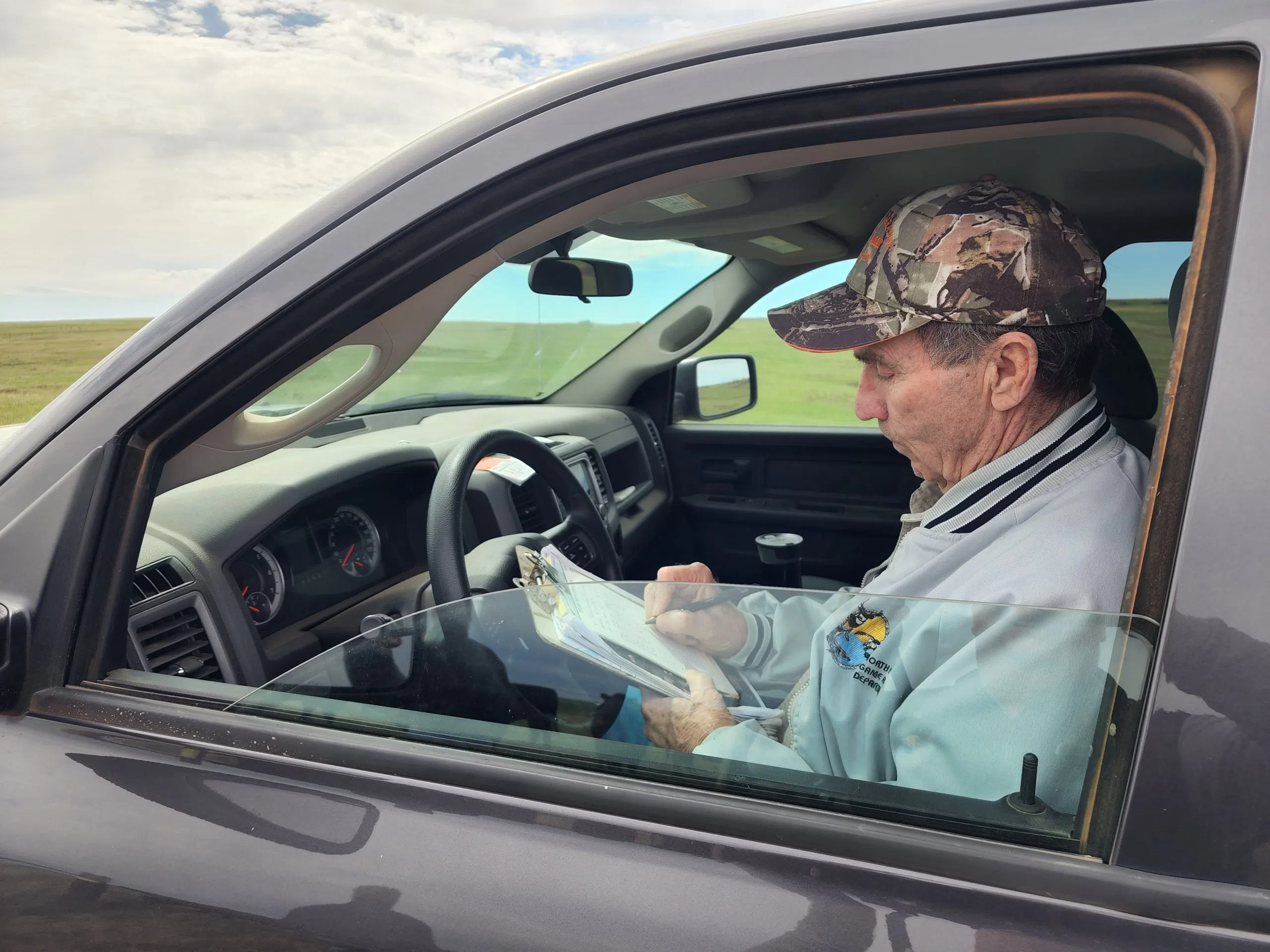By Doug Leier
I’m a fan of numbers and statistics to a point where they fascinate me. Not just what the numbers say but how the numbers are generated.
When I took my college statistics course, I knew going in I was about to experience a learning curve in the most real time. Thankfully, the professor weighed the statistics with a human element beyond actual scores, teaching us firsthand how attendance and hitting deadlines contributed to our grades.
What I took from this was the importance of how the numbers of wildlife population are generated means almost as much as what the raw numbers show.
Running the same pheasant brood count during the same days and similar weather generates more confidence in the numbers. Don’t forget the human element of what you see is impossible to account for. If you and I look at the same picture we might have a similar view, but odds are our eyes will each see things a little differently. Which is why retired and long-time upland game biologist Jerry Kobriger’s “numbers” are so impressive.
Kobriger retired in 2007 and has been running census surveys and brood counts for 59 years in spring and summer. Counting sharptails, prairie chickens, pheasants, sage grouse and ruffed grouse.
“I enjoy going out early in the morning. It’s a nice time to be out here. It’s just a nice job and you don’t have somebody looking over your shoulder all the time,” he said. “That’s one of the things
that puzzles me. Some people count down almost to the minute when they’ll retire, when they’ll be out of here. And I’ve never felt that way. Nope. Never did.”
In his nearly 60 years of slowly prowling North Dakota’s landscape, looking for pheasant broods in roadside ditches or sharptails gathering on leks, Kobriger couldn’t help but notice changes to the landscape, no matter how subtle.
“The one thing in the badlands, of course, is the oil development. When I started, I was going to a meeting with the Forest Service and I was riding with the district ranger, and I said, ‘How long do you think this oil field is going to last?’ and he said, ‘Well, they’re predicting about 20 years.’ That was in 1964. So, you can see the change. And that’s something that everybody notices because it’s so evident,” he said. “There’s a lot of other subtle changes that go on that you don’t really pick up on right away. It’s like if you look in the mirror in the morning and tomorrow morning, there is no change. But if you had a back button on that mirror like you do on a computer, you could go back, back, back to day one. Who is that guy? I mean, there’s a lot of land use changes that you just don’t notice.”
Determining the highs and lows of doing survey work for nearly six decades is a difficult question, but one that Kobriger answered after a pause.
“A couple of highlights, I guess, would be finding a new dancing ground, particularly if there hasn’t been one in the area before or when you’re running brood surveys and finding sharptail broods,” he said. “I guess the one thing that kind of bothers me is that the partridge population really dropped. One year, hunters harvested almost a quarter million partridge, and in 1992 they took a big drop and just never recovered. And I don’t know why, and I don’t think anybody else knows why. I mean, they have some ups and downs, but nothing like they were back before that big drop.”
When you hear the results of Game and Fish surveys, indexes and population estimates, keep in mind the Department has a longstanding history of using similar techniques and methodology
and when the human factor is considered it’s impossible to duplicate unless the next Jerry Kobriger comes along. Statistically, I’d suggest the odds are pretty slim




